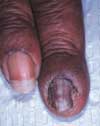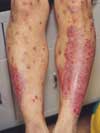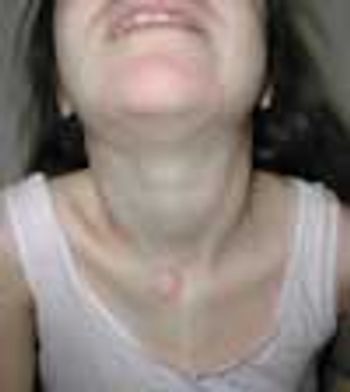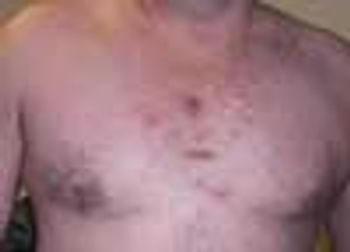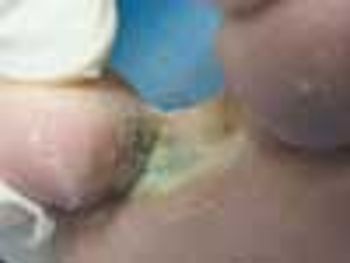
Primary care physicians are usually the first to see patients with joint pain; consequently they represent the "front line" of RA care. This fact-coupled with the projection that the number of rheumatologists is expected to decline by 20% during the next 2 to 3 decades-underscores the pivotal role that primary care clinicians are now expected to play in the early diagnosis of RA.
